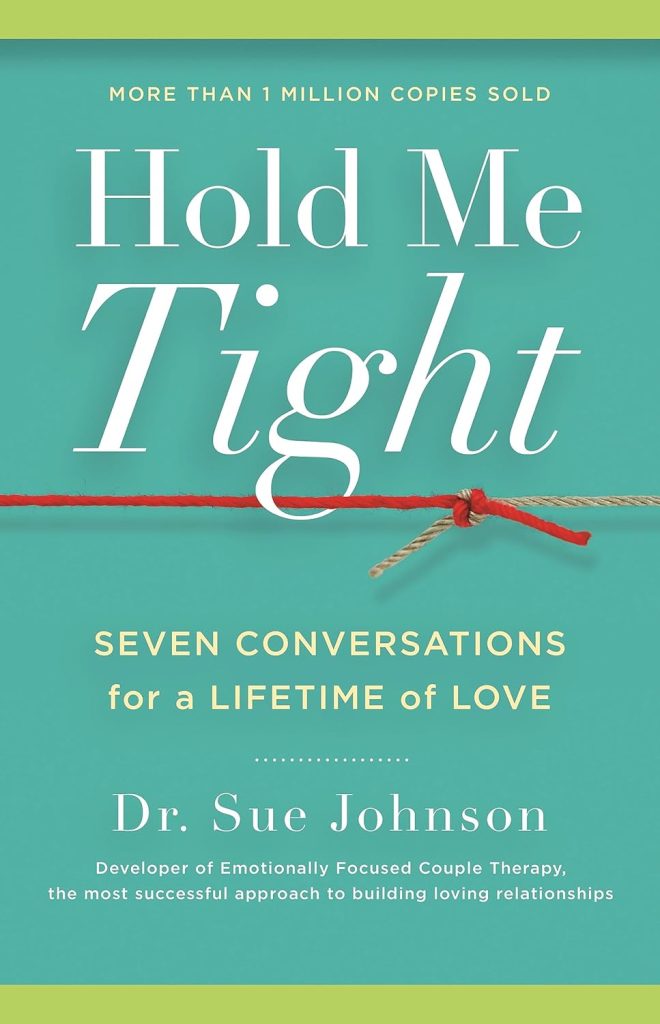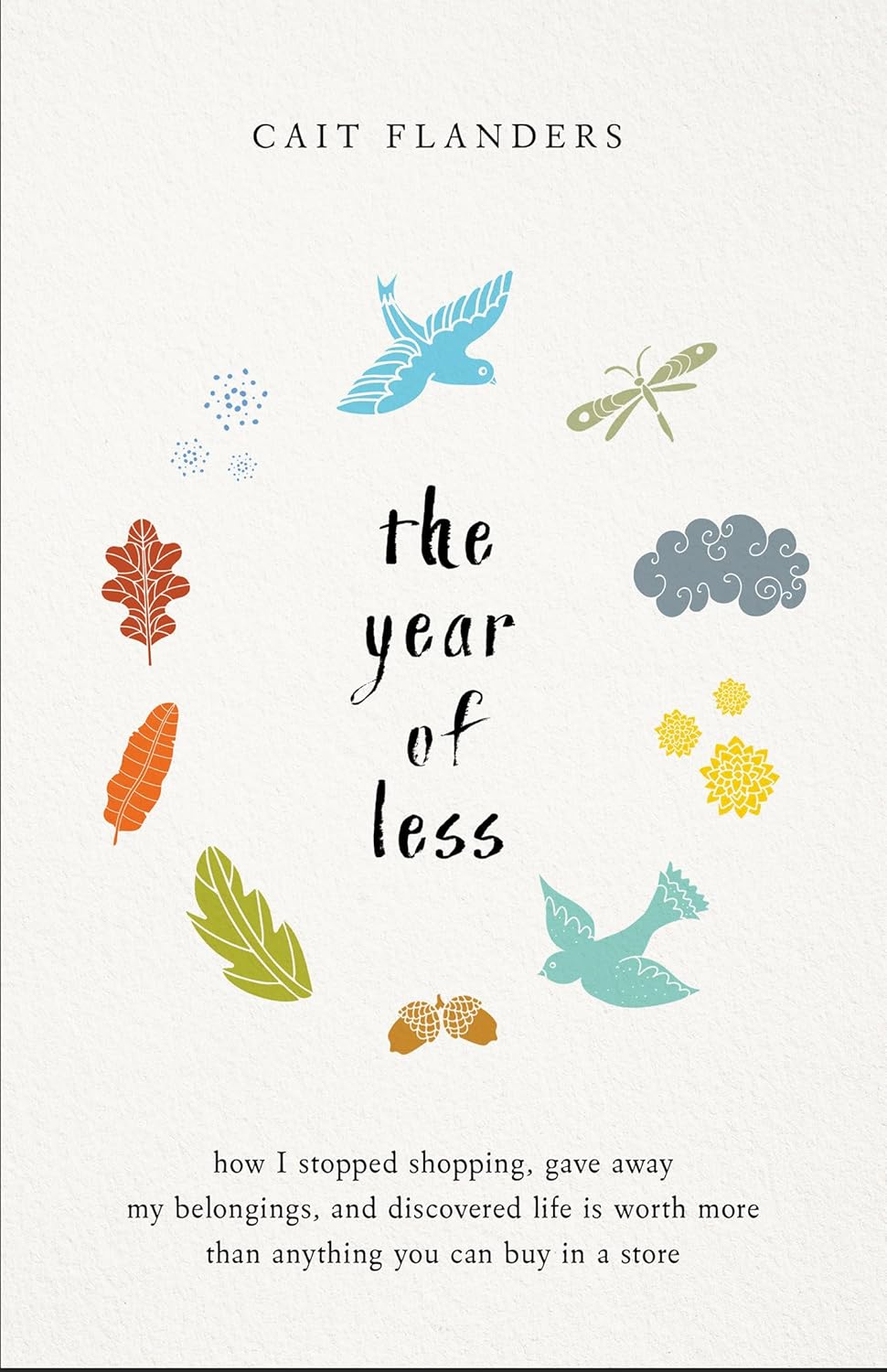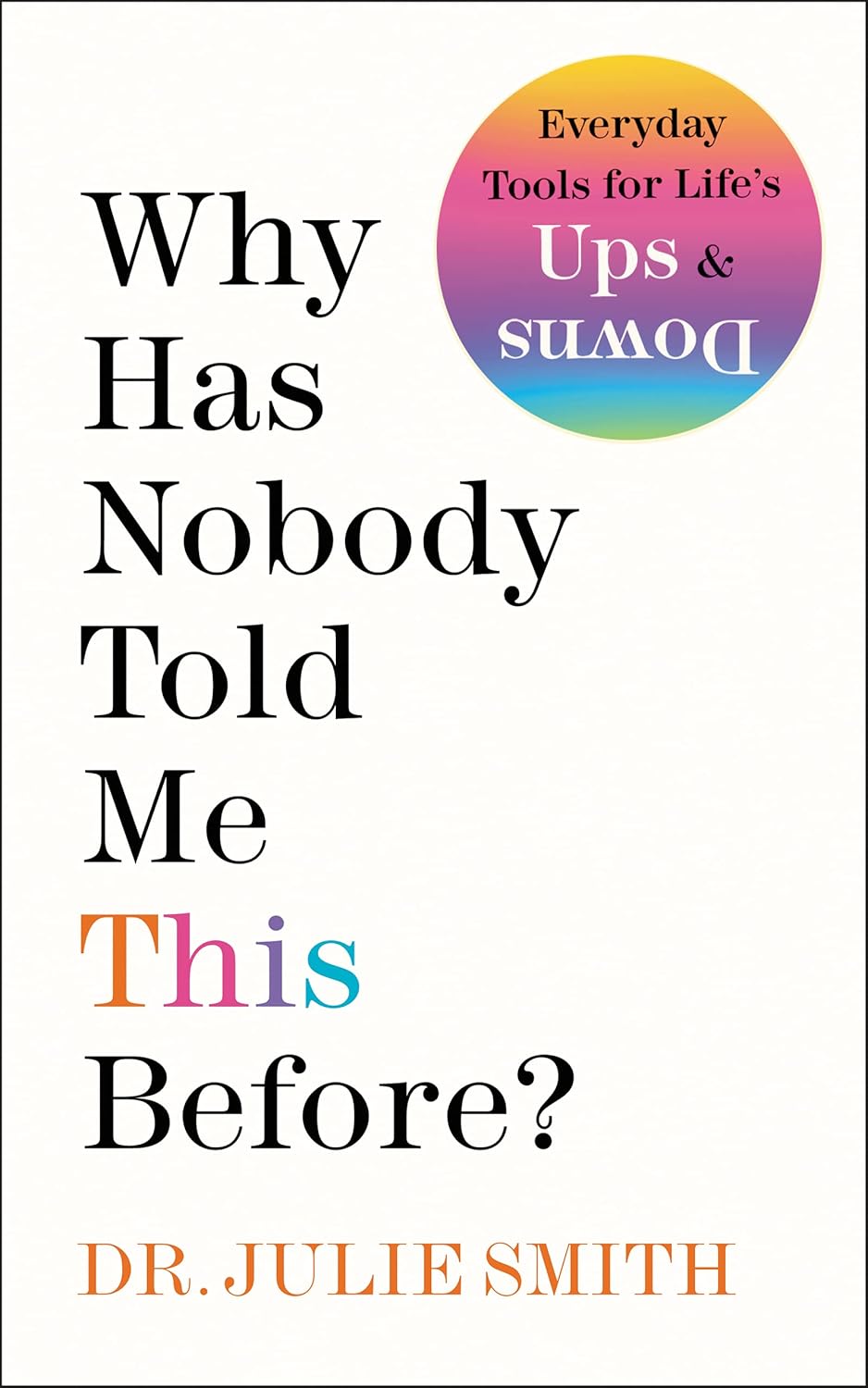
Buy The Book
Chapter
- ✦ Introduction
- ✦ A New Light on Love
- ✦ Love – A Revolutionary New View
- ✦ Where Did Our Love Go? Losing Connection
- ✦ Emotional Responsiveness – The Key to a Lifetime of Love
- ✦ Conversation 1: Recognizing the Demon Dialogues
- ✦ Conversation 2: Finding the Raw Spots
- ✦ Conversation 3: Revisiting a Rocky Moment
- ✦ Conversation 4: Hold Me Tight – Engaging and Connecting
- ✦ Conversation 5: Forgiving Injuries
- ✦ Conversation 6: Bonding Through Sex and Touch
- ✦ Conversation 7: Keeping Your Love Alive
- ✦ The Power of Hold Me Tight
- ✦ Healing Traumatic Wounds – The Power of Love
- ✦ Ultimate Connection – Love as the Final Frontier
Hold Me Tight: Seven Conversations for a Lifetime of Love

About
Dr. Sue Johnson, a pioneering clinical psychologist and the primary developer of Emotionally Focused Therapy (EFT), authored *Hold Me Tight: Seven Conversations for a Lifetime of Love*. This influential book, published in 2008, introduces readers to the principles of EFT, emphasizing the importance of emotional connection in romantic relationships. Johnson argues that love is rooted in attachment needs similar to those experienced in childhood, and that understanding these needs can help couples navigate conflicts and deepen their bonds.
The book outlines seven transformative conversations designed to enhance intimacy and resolve emotional disconnection. These conversations guide couples through recognizing negative patterns, addressing emotional vulnerabilities, and fostering secure attachments. By focusing on emotional responsiveness, *Hold Me Tight* offers practical strategies for couples seeking to strengthen their relationships and achieve lasting love. Johnson’s work has garnered widespread acclaim, making her a leading voice in the field of couple therapy.

Spark
Learn
Review
✦ Introduction
I have always been captivated by the intricacies of relationships. Growing up in Britain, where my father managed a pub, I spent countless hours observing people interact—meeting, conversing, laughing, and sometimes fighting. However, the most profound influence on my understanding of love came from witnessing my parents’ tumultuous marriage. Despite their deep affection for one another, I watched helplessly as they tore each other apart. This experience led me to vow never to marry, believing that romantic love was an illusion and a trap. Yet, love ultimately drew me in, leading to my own marriage.
My curiosity about love and connection guided me into counseling and psychology. I studied the emotional dramas of love through the lens of poets and scientists alike. As I began working with couples during my doctoral training, I was struck by their intense struggles and how they often framed their relationships in life-or-death terms. Traditional therapeutic approaches seemed inadequate; couples were not interested in insights or negotiation skills but rather in emotional connection.
Through this journey, I developed Emotionally Focused Therapy (EFT), which emphasizes the importance of emotional bonds in relationships. This book aims to share insights from my experiences with couples, offering practical tools to help navigate the complexities of love and attachment.
✦ A New Light on Love
Love is often considered the most powerful and frequently discussed emotion, yet its true nature remains elusive. Scholars have debated its definition for centuries, with some viewing it as a transactional alliance while others see it as a social construct. However, love is now recognized as a crucial emotional bond that serves as a survival mechanism for humans. In an increasingly isolated society, romantic relationships have become the primary source of emotional support, making it essential to understand love’s dynamics.
The need for emotional connection is hardwired into our biology, akin to our basic needs for food and shelter. Attachment theory provides insight into how these emotional bonds function, revealing that feelings of disconnection can trigger primal panic and fear. This leads to defensive behaviors that further strain relationships. Understanding the underlying attachment needs allows couples to navigate conflicts more effectively.
This new perspective emphasizes that love is not just an emotion but a vital component of human existence. It drives us to seek secure connections with others, providing comfort and safety in times of distress. Recognizing the importance of these emotional bonds can transform relationships, guiding couples toward deeper intimacy and understanding. Ultimately, love is about forging lasting connections that enhance our well-being and resilience in the face of life’s challenges.
✦ Love – A Revolutionary New View
Love has long been a subject of fascination, often viewed through various lenses, yet its true essence remains elusive. Many scholars have debated its definition, with some seeing it as a mutually beneficial arrangement while others regard it as a mere social construct. However, love is now understood as a crucial emotional bond that serves as a survival mechanism for humans. In an age of increasing social isolation, romantic relationships have become the primary source of emotional support, emphasizing the need to grasp what love truly is and how to cultivate it.
Recent research reveals that love is not just an emotion but an evolutionary imperative that drives us to form secure attachments with a few significant others. This drive for emotional connection is as fundamental as our needs for food or shelter. Attachment theory offers insight into how these bonds function, explaining that feelings of disconnection can trigger primal panic and fear. Understanding these dynamics helps couples navigate conflicts more effectively.
This section highlights the importance of recognizing that love is about forming deep emotional connections rather than merely fulfilling transactional needs. By reframing love through the lens of attachment theory, couples can better understand their emotional responses and the underlying fears that drive their behaviors. Ultimately, this new perspective sets the foundation for exploring practical strategies to strengthen love and attachment in romantic partnerships.
✦ Where Did Our Love Go? Losing Connection
Losing emotional connection in a relationship often leads to distress and misunderstandings. Couples frequently misinterpret their conflicts, believing they stem from issues like money management or parenting styles. However, the real problem lies deeper: partners feel emotionally unsafe and disconnected from each other. This disconnection triggers primal fears, making individuals react defensively or clingily, which exacerbates the situation.
When partners argue, they often express anger and frustration as a cry for reassurance and connection. Underneath the surface, they question whether they can rely on each other and if they matter in each other’s lives. These feelings of insecurity can spiral into a cycle of negativity, where one partner’s demands push the other away, leading to further isolation.
Recognizing these patterns is crucial for healing. The negative interactions—termed “Demon Dialogues”—are not just about the content of arguments but reflect deeper attachment needs. Couples must learn to identify these patterns and understand that their emotional responses are rooted in a fundamental need for connection. By addressing these underlying fears and desires, couples can begin to rebuild their emotional bonds and restore intimacy, ultimately transforming their relationship dynamics from conflict to connection.
✦ Emotional Responsiveness – The Key to a Lifetime of Love
Emotional responsiveness is crucial for nurturing a lasting love, as it forms the foundation of secure attachments between partners. When couples feel emotionally connected, they are better equipped to navigate life’s challenges and support each other through difficult times. This section emphasizes that love is not merely an emotion but an essential survival mechanism, deeply rooted in our biology.
When partners experience emotional disconnection, it triggers feelings of fear and panic, often leading to destructive patterns of interaction. These negative cycles—often referred to as “Demon Dialogues”—can create a sense of isolation and misunderstanding. Recognizing these patterns is the first step toward healing, as couples learn to identify their emotional needs and respond to each other with empathy and care.
The text highlights the importance of being accessible, responsive, and engaged with one another. Couples must prioritize emotional connection, allowing them to express their vulnerabilities and fears openly. By fostering this emotional responsiveness, partners can strengthen their bond, ensuring that love remains a source of comfort and security throughout their relationship. Ultimately, understanding and practicing emotional responsiveness can transform relationships, allowing couples to create a lasting and fulfilling connection.
✦ Conversation 1: Recognizing the Demon Dialogues
Recognizing the Demon Dialogues highlights the detrimental patterns that often emerge in romantic relationships, particularly during conflicts. These negative exchanges, referred to as “Demon Dialogues,” manifest as cycles of blame and withdrawal, where one partner’s criticism triggers defensiveness in the other. As these patterns unfold, emotional disconnection intensifies, leading to feelings of helplessness and fear.
The focus is on identifying these destructive dialogues, which can take various forms, including the “Protest Polka,” where one partner becomes critical while the other withdraws. This cycle perpetuates a sense of emotional starvation, as both partners fail to address their underlying attachment needs. Recognizing these patterns is crucial for couples seeking to understand the true nature of their conflicts.
By reframing these interactions, partners can begin to see their emotional responses as cries for connection rather than personal attacks. This awareness allows couples to break free from the cycle of blame and defensiveness, fostering a deeper understanding of each other’s vulnerabilities. The goal is to create an environment where both partners feel safe to express their needs and fears, paving the way for more constructive conversations that strengthen their emotional bond. Ultimately, this conversation serves as a vital first step toward rebuilding intimacy and connection in relationships.
✦ Conversation 2: Finding the Raw Spots
Finding the raw spots in a relationship involves uncovering the emotional triggers that lead to conflict and disconnection. Each partner often reacts to perceived threats to their emotional safety, which can manifest as anger, withdrawal, or defensiveness. These reactions are not just about the immediate issues at hand; they stem from deeper attachment needs and fears.
As partners begin to identify these raw spots, they can understand how their emotional responses are tied to past experiences and vulnerabilities. Recognizing that anger may be a cover for fear of abandonment allows for more compassionate communication. For instance, one partner might express frustration over a late arrival, but beneath that frustration lies a fear of being unimportant or neglected.
By articulating these underlying feelings, partners can shift the focus from blame to understanding. This process fosters emotional safety, enabling both individuals to share their needs without fear of judgment or rejection. The goal is to create an environment where both partners feel valued and heard, allowing them to reconnect on a deeper level.
Ultimately, finding the raw spots is about transforming negative patterns into opportunities for growth and connection. When couples learn to navigate these sensitive areas with empathy and openness, they can strengthen their emotional bond and enhance their relationship’s resilience against future conflicts. This journey requires vulnerability but leads to a more profound understanding of each other’s needs and fears.
✦ Conversation 3: Revisiting a Rocky Moment
Revisiting a rocky moment allows couples to unpack and understand previous conflicts that have strained their relationship. This conversation focuses on identifying the emotional triggers and responses that led to disconnection during a specific disagreement. By reflecting on these moments, partners can recognize the patterns of interaction that contribute to their distress, often rooted in deeper attachment needs and fears.
During this process, both partners are encouraged to share their feelings and experiences candidly, fostering a safe environment for vulnerability. This dialogue helps each person articulate their emotional responses, moving beyond surface-level arguments to address the underlying issues that drive their reactions. For instance, one partner may express feelings of abandonment when the other withdraws during conflicts, while the withdrawing partner may reveal fears of inadequacy or failure.
The goal is to shift from a blame-oriented mindset to one of mutual understanding and empathy. By acknowledging how each partner’s actions impact the other’s emotions, couples can begin to de-escalate tensions and rebuild trust. This conversation ultimately serves as a bridge to greater emotional intimacy, allowing partners to reconnect and affirm their commitment to one another. Through this exploration, couples learn that addressing past conflicts can pave the way for a more secure and loving relationship moving forward.
✦ Conversation 4: Hold Me Tight – Engaging and Connecting
Engaging and connecting represents a pivotal moment in the journey of a relationship, where partners learn to express their emotional needs with clarity and openness. This conversation encourages individuals to share their vulnerabilities, creating a safe space for both partners to articulate their feelings and fears. The essence of this dialogue lies in the recognition that emotional responsiveness is crucial for fostering intimacy and understanding. When partners reach out to each other, they establish a deeper connection that transcends mere physical presence.
In this process, one partner might express feelings of loneliness or fear of abandonment, while the other responds with empathy and reassurance. This exchange fosters a sense of safety, allowing both individuals to feel valued and understood. By actively engaging in this conversation, couples can break down barriers that have previously hindered their emotional connection. The act of reaching out for comfort and being met with warmth can transform the dynamics of the relationship, shifting it from disconnection to closeness.
Moreover, this conversation emphasizes the importance of being attuned to each other’s emotional states. Partners learn to recognize cues that indicate when one is feeling vulnerable or distressed, prompting them to respond with compassion. As they practice this engagement, couples cultivate an environment where love can flourish, reinforcing their bond and enhancing their overall relationship satisfaction.
✦ Conversation 5: Forgiving Injuries
Forgiveness plays a vital role in healing emotional wounds within a relationship, particularly after significant conflicts or betrayals. This conversation encourages partners to confront past hurts while fostering an atmosphere of empathy and understanding. By openly discussing the pain caused by previous actions or words, couples can begin the process of forgiveness, which does not imply forgetting but rather acknowledging the hurt and choosing to move forward together.
During this dialogue, one partner may express feelings of betrayal or disappointment, while the other acknowledges their role in causing that pain. This exchange allows both individuals to explore their emotions deeply and understand how their actions have impacted each other. The goal is to create a safe environment where both partners feel heard and validated in their experiences.
As they navigate this conversation, couples learn that forgiveness is not merely a one-time event but an ongoing process that requires effort from both sides. It involves recognizing vulnerabilities and expressing remorse sincerely. By working through these feelings together, partners can rebuild trust and strengthen their emotional connection. Ultimately, this conversation serves as a foundation for renewed intimacy and commitment, allowing couples to move beyond past injuries and create a healthier future together.
✦ Conversation 6: Bonding Through Sex and Touch
This conversation centers on the intimate aspects of a relationship, highlighting the essential role that physical affection plays in fostering emotional closeness. Partners are encouraged to explore their desires for touch and sexual intimacy, emphasizing that these elements are not merely about physical pleasure but also about deepening emotional bonds. Through open communication about sexual preferences and boundaries, couples can enhance their understanding of each other’s needs.
This dialogue invites partners to discuss what makes them feel loved and desired physically. By sharing these preferences openly, individuals can create an environment where both feel comfortable expressing their desires without fear of judgment or rejection. This exploration fosters greater intimacy as partners learn to prioritize each other’s comfort and pleasure.
Furthermore, this conversation emphasizes that bonding through sex and touch goes beyond the physical act; it involves emotional connection as well. The act of being physically close can evoke feelings of safety and security, reinforcing the emotional bond between partners. As they engage in this dialogue, couples discover new ways to connect intimately, ultimately strengthening their relationship through shared experiences of love and affection.
✦ Conversation 7: Keeping Your Love Alive
Maintaining love requires ongoing effort from both partners to nurture the relationship continually. This conversation emphasizes the importance of regular check-ins about feelings, needs, and experiences within the partnership. Couples are encouraged to create rituals of connection—such as weekly date nights or heartfelt conversations—to keep their emotional bond strong.
In this dialogue, partners reflect on what brings them joy in the relationship and how they can support each other during challenging times. Celebrating successes together fosters a sense of teamwork and reinforces commitment. Additionally, discussing challenges openly allows couples to address issues before they escalate into larger conflicts.
By prioritizing these connections regularly, couples cultivate an environment where love can flourish over time. This proactive approach helps prevent disconnection by ensuring that both partners feel valued and understood. As they engage in this conversation regularly, couples learn that love is not just a feeling but an ongoing commitment that requires attention and care.
✦ The Power of Hold Me Tight
The “Hold Me Tight” framework empowers couples by providing practical tools for enhancing emotional connections within their relationships. This approach emphasizes that love is rooted in attachment theory; understanding this allows partners to create a safe haven for one another amidst life’s challenges. By engaging in key conversations focused on emotional needs, couples can transform relationships from distress into security.
The power lies in recognizing that love is not merely an emotion but a vital attachment that requires nurturing through open communication and vulnerability. As couples practice these conversations regularly, they experience profound shifts in their relationships—leading to increased intimacy, trust, and lasting love.
This framework also highlights the importance of emotional responsiveness; when partners respond positively to each other’s needs for connection, they foster deeper bonds that withstand life’s ups and downs. The success stories from those who have engaged with “Hold Me Tight” demonstrate how transformative these conversations can be in creating resilient relationships built on mutual understanding.
✦ Healing Traumatic Wounds – The Power of Love
Love possesses an extraordinary ability to heal wounds inflicted by life’s challenges. This section discusses how strong emotional connections provide solace during difficult times—highlighting that supportive relationships foster resilience in the face of adversity. Couples are encouraged to lean on one another during hardships while allowing love to act as a balm for trauma.
By openly addressing past hurts within a loving partnership context, individuals can begin processing pain more effectively. The healing power of love lies in its capacity to create safe spaces for vulnerability—enabling partners to face challenges together while reinforcing their bond.
This section emphasizes that love is not just about joy but also about navigating life’s difficulties hand-in-hand. When couples support each other through trauma or stressors, they deepen their connection—transforming shared struggles into opportunities for growth. Ultimately, this exploration underscores how love’s power extends beyond mere affection; it serves as a fundamental source of strength during times of turmoil.
✦ Ultimate Connection – Love as the Final Frontier
Love represents the ultimate connection between individuals—a bond that transcends mere companionship or attraction. This section explores how deep emotional ties foster personal growth within relationships while providing comfort during life’s challenges. Partners are encouraged to view love as an evolving journey rather than a static destination—allowing them to embrace change while remaining committed.
The ultimate connection is characterized by mutual support; understanding; respect—elements essential for sustaining long-term relationships. By nurturing this profound bond through open communication and shared experiences, couples can navigate complexities together while continually deepening their love for one another.
This exploration highlights how love serves as both an anchor during turbulent times and a catalyst for growth—empowering individuals within partnerships to flourish emotionally while feeling secure in their connections with others. Ultimately, recognizing love’s transformative potential enables couples to embark on journeys filled with adventure—creating lasting memories along the way.✦ The Origin Of This Book
For People
– Couples seeking to improve their emotional connection
– Individuals interested in understanding attachment theory
– Therapists looking for practical tools for clients
– Engaged or married partners facing relationship challenges
– Anyone wanting to deepen intimacy and communication in their relationship
Learn to
– Improved emotional intimacy and understanding
– Strategies to identify and break negative communication patterns
– Enhanced ability to express vulnerability and needs
– Tools for fostering forgiveness and healing in relationships
– Techniques for maintaining a lasting emotional bond









